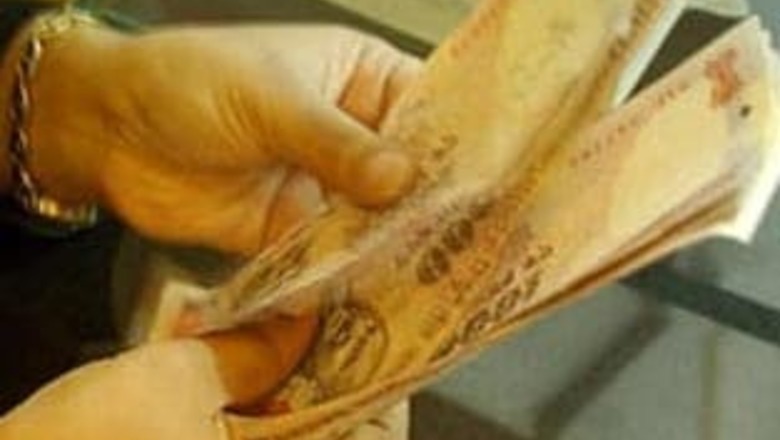
views
Your sole objective of putting money in tax-saving instruments would be saving tax for the current year. The result: You end up 'tax saving' but not 'tax planning'.
Saving tax
Your tax-saving investments are no different from your regular investments. You’d get Rs 1 lakh deduction under Section 80C for investments made in bank fixed deposits, post office deposits, senior citizens saving scheme, PPF, insurance and mutual funds (ELSS) etc. These investments need to be in line with your risk profile and financial goal.
For instance: Equity Linked Saving Schemes (ELSS) was the rage till last year. This year, investors are avoiding ELSS and choosing guaranteed return products for tax saving investments.
Equity builds wealth over the long-term, but you may not want to incur the risk of capital loss over the short-term for the sake of appreciation over the long-term. But before you close your options, let’s look at another take. Say you are in the 31 per cent tax bracket (30 per cent + 3 per cent education cess). That is, when you invest Rs 1 lakh in an ELSS fund, you get a return of 31 per cent!
How?
You will not have to pay tax of Rs 31,000 due to your investment of Rs 1 lakh. That means, you have earned Rs 31,000 by investing Rs 1 lakh. So the capital loss, if any, will occur only if the market were to fall by over 31 per cent from now on.
As I write this, the Sensex is at 9039. A 31 per cent fall would mean a Sensex level of 6237, and you’ll incur capital loss only if it were to fall below 6237.
On the contrary, the possibility of the market recovering (if not to the erstwhile level of 21,000) to a level higher than the present 9039 over the next three years is more plausible than the other way around. And if this happens, your return would obviously be higher than 31 per cent!
PAGE_BREAK
It’s about perspective!
The 31 per cent tax-saving is an immediate return but any ELSS investment has to be held for at least three years. So, the correct way of looking at this will be to spread the 31 per cent over three years.
This would assume that the market remains flat throughout, neither does it fall nor does it rise. In such a case, the rate of return for a person in the 31 per cent tax bracket would be 13 per cent and that for a person in the 34 per cent tax bracket would be 14.9 per cent per annum tax-free.
You might argue that this 31 per cent yield due to the tax saving is not limited to ELSS investments only. That’s true but the fact is over the long-term, equity has the potential of delivering the highest return. Say over a five-year period, an ELSS fund will almost certainly give you a much better return than Bank FD or Post Office deposit.
Recycling old investments
One of my friends, Ravi, who is into web design, laments that he will have to pay tax on income that he has not received. He has over Rs 5 lakh in receivables but customers are holding out for higher credit periods. As per our income tax law, he has to pay tax on the Rs 5 lakh not yet received and he is finding it difficult to arrange for funds to pay his employees leave alone tax-saving.
Tax planning comes handy
In such a case, Ravi can simply withdraw an earlier investment (say from ELSS or PPF) and redeposit the money, even in the very same instrument.
His savings remain the same, but without investing a rupee, he can avail himself of the 31 per cent tax saving.
To conclude
Tax saving is not an end in itself; it is the means to an end. This year don’t get seduced by the latest investment product in fashion instead review your financial goals and asset allocation and select the tax saving instrument accordingly.












Comments
0 comment